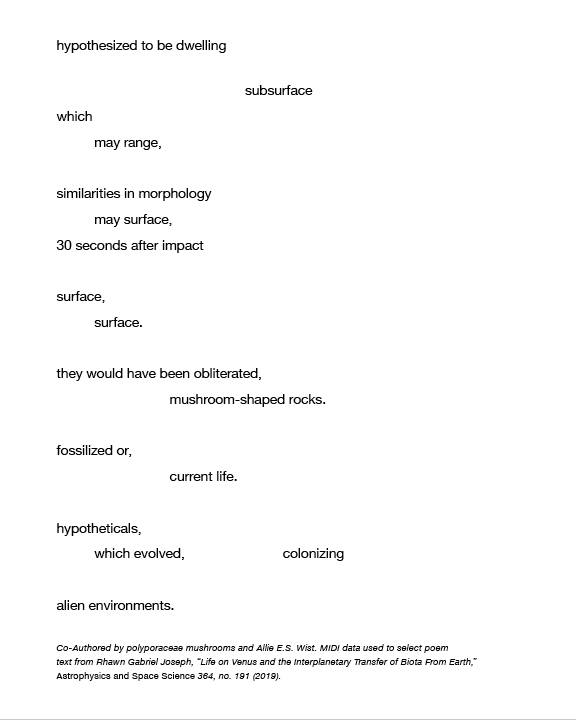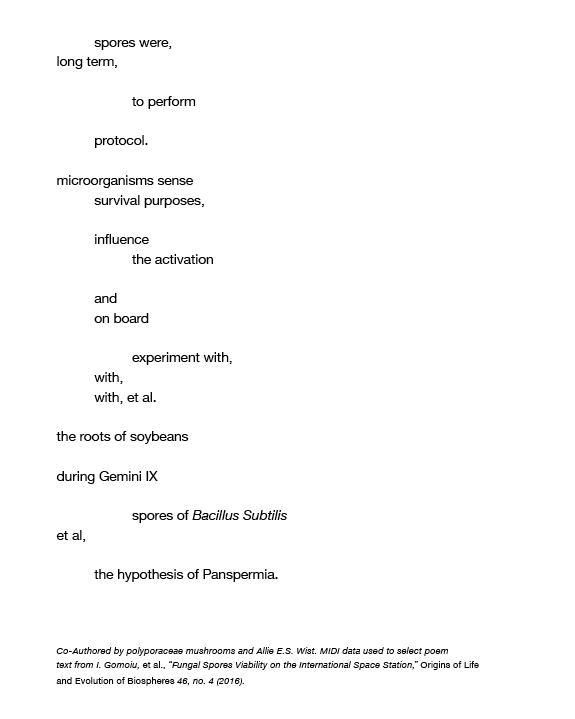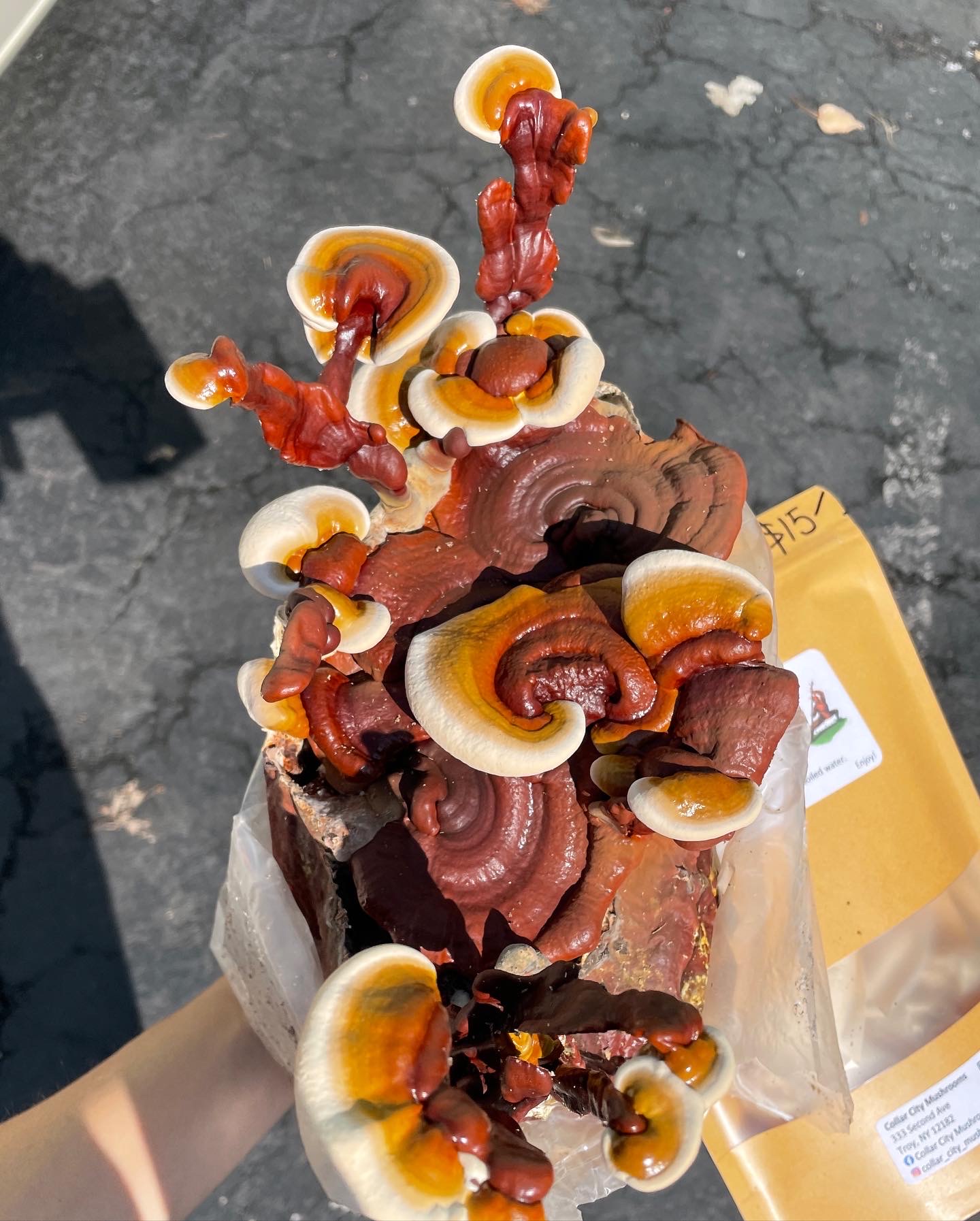A collaboration with Lisa Schonberg
On view in the Nobel Prize Museum through 2024
Exhibited at Extended Senses, Steven Lawrence Gallery, London, Oct 2022
Live workshops and performances at Pioneer Works (2022) and the Mesa Art Center, Phoenix (2022)
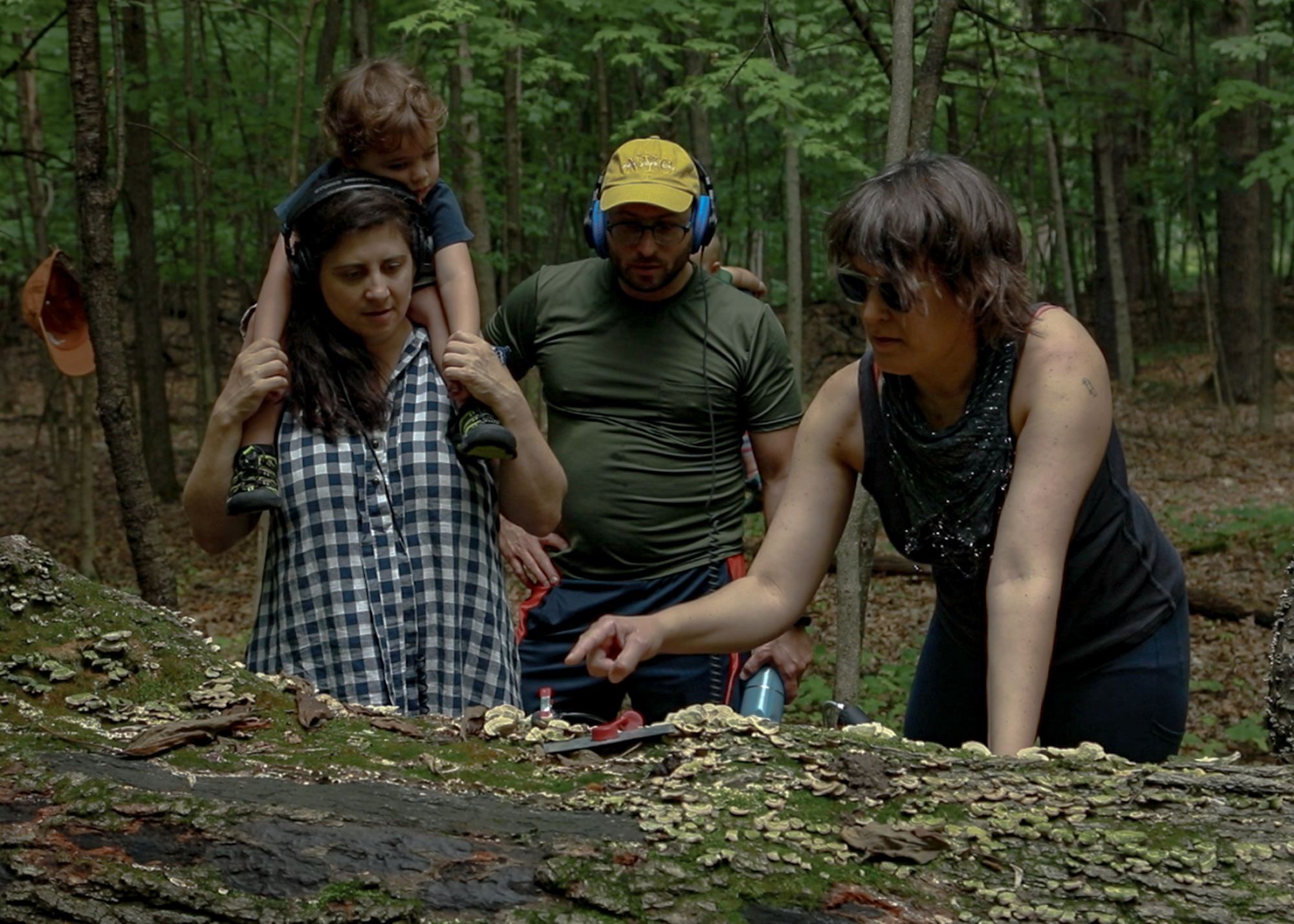


Sensory Kinship of the Thrid Kind is a gesture of relation towards mushrooms—an attempt to explore fungal modes of sensory co-authorship within creative works. It posits forms of relationality and intimacy withmushrooms through recorded and live audio, scents, and texts.
Mushrooms maintain a persona that hovers between our world and the underworld, provoking disgust and fear as potentially lethal entities which veer outside categorization as either an animal or a plant. They are biosocial entities that deal directly with death and decay, but also enrich soil that harbor seeds and the nutrients to sustain new growth. They can be found thriving in wastelands, and in the detritus of other organic life. They are essential to the function of ecosystems across bioregions, yet most of their labor and energy are hidden from human sensing.
Might we engage in sensory forms of companionship as a tool to forge better human and nonhuman relationships? As a way to ‘know’ fungal worlds? As Donna Haraway outlines: “the task is to make kin in lines of inventive connection as a practice of learning to live and die well with each other in a thick present.”
A 94-page field guide was published by Pioneer Works (available in Pioneer Works bookshop in Brooklyn, Collar City Mushrooms in Troy, NY, and by email order for $30). The book includes essays, exercises, MIDI poems, and text scores. A sample is below, and the full PDF is available here.


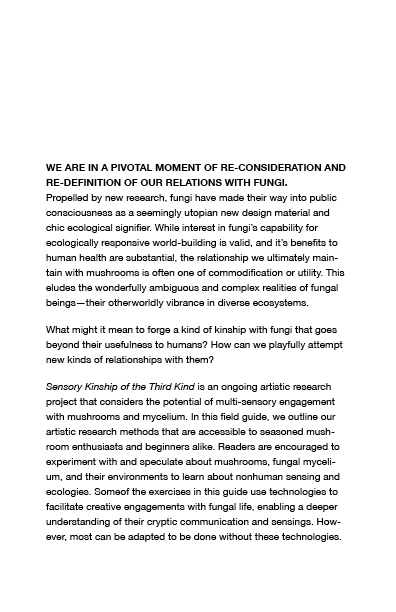
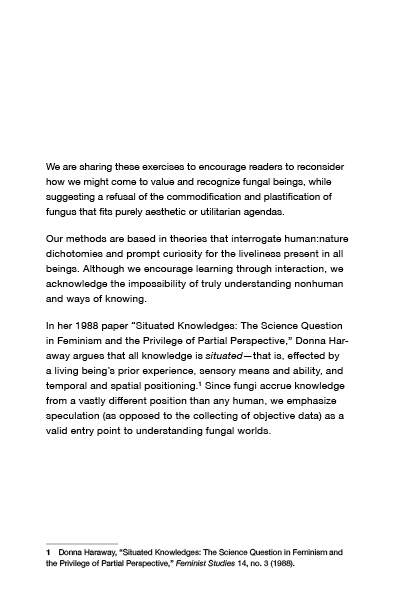



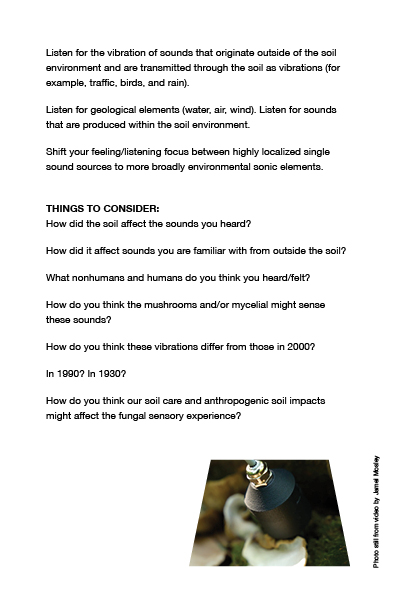
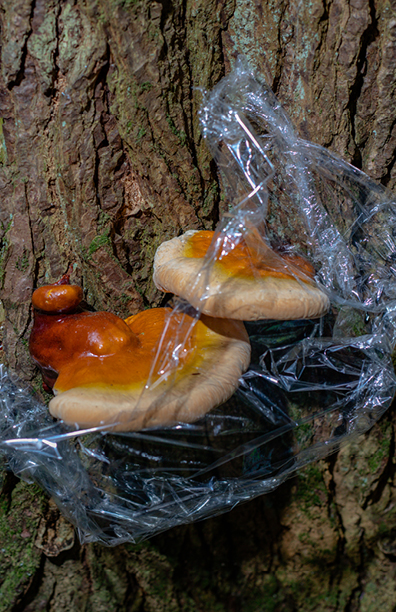

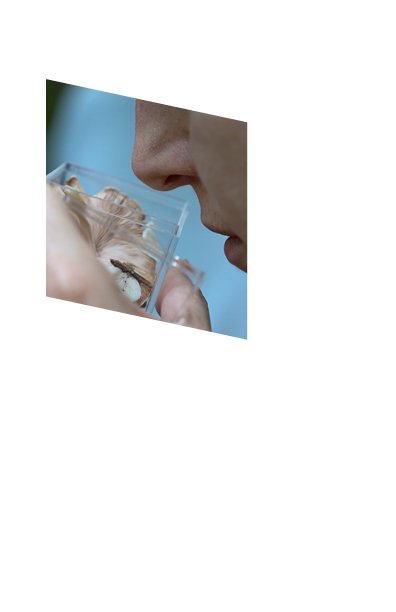




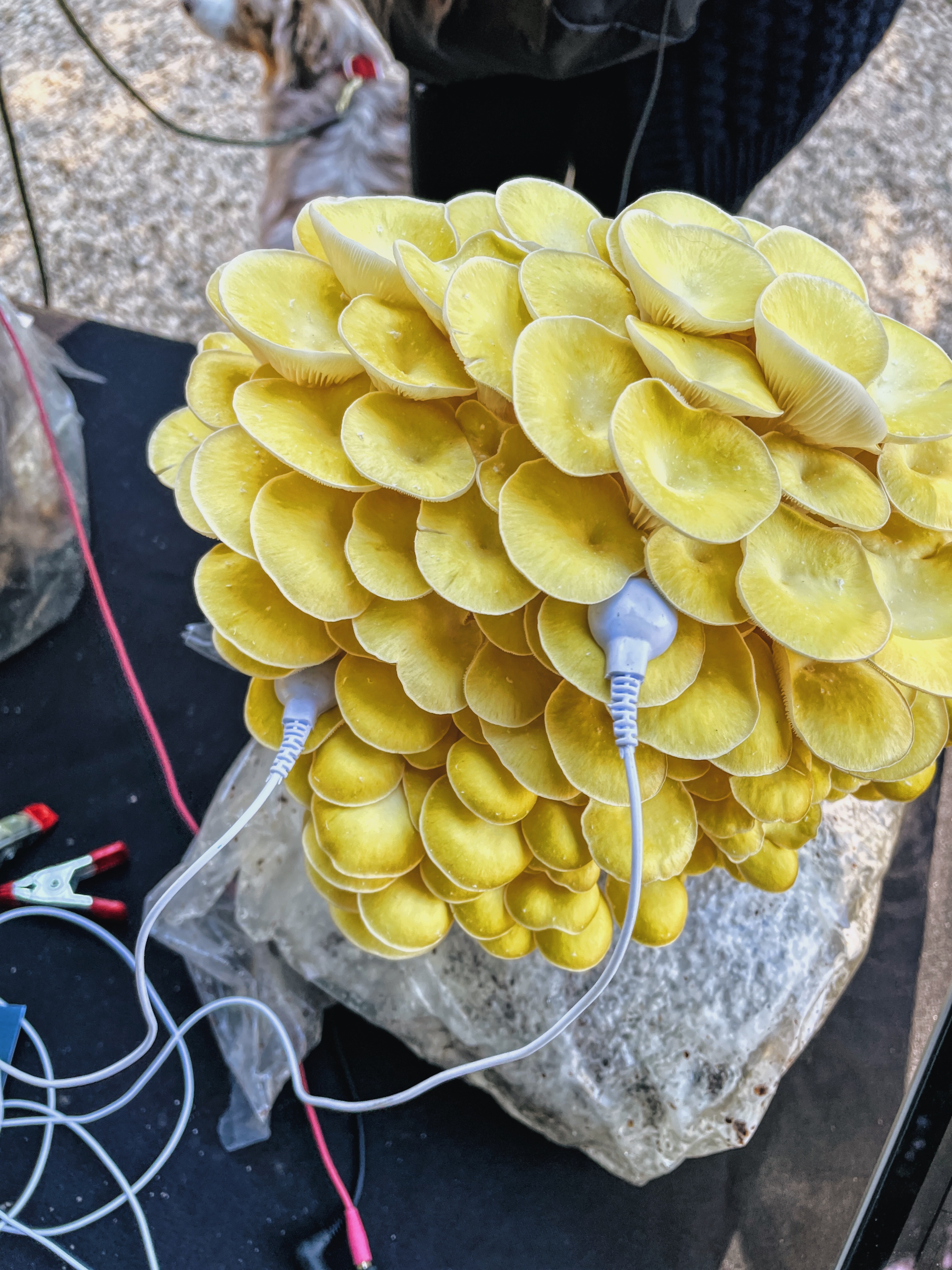



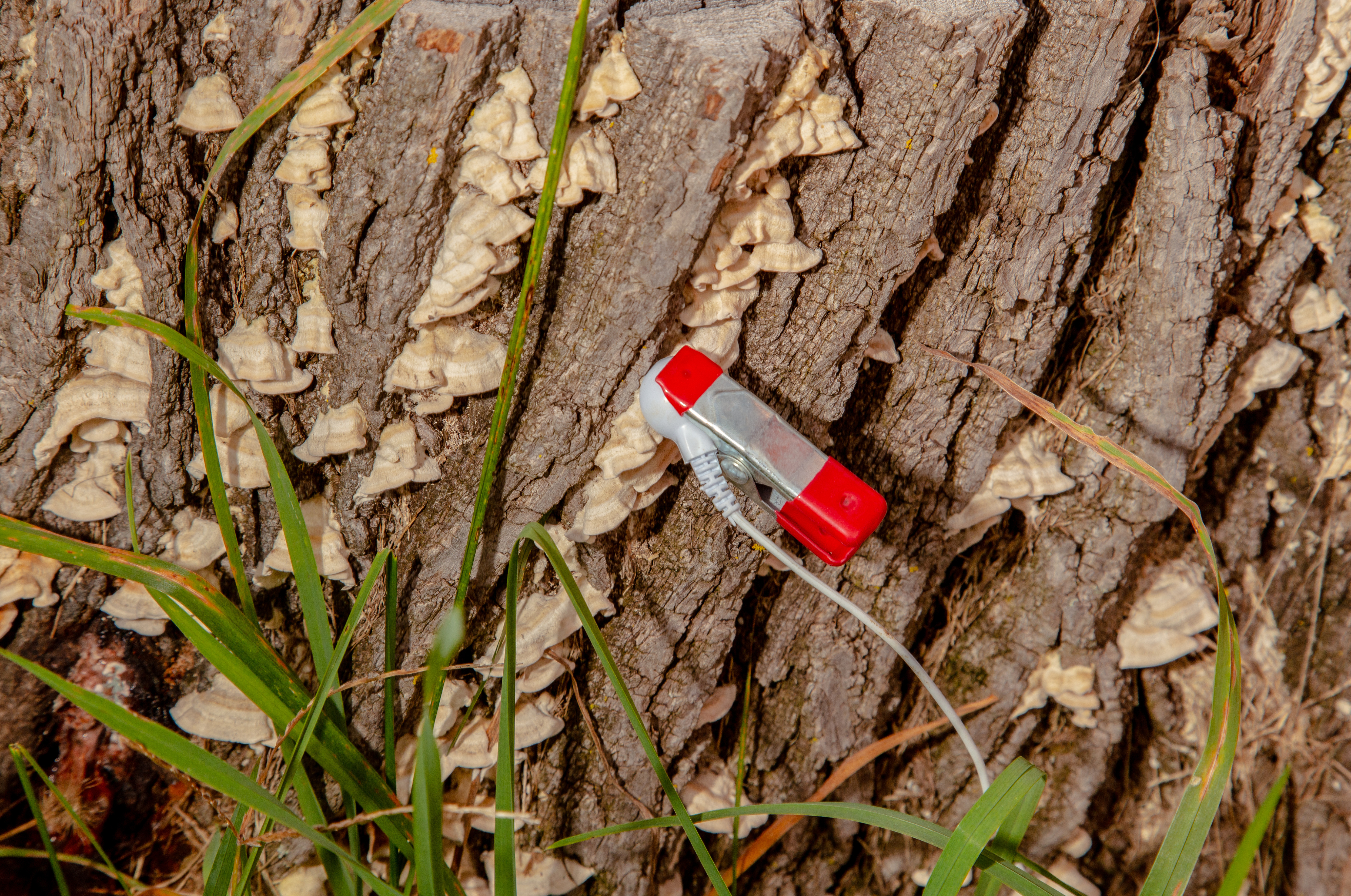

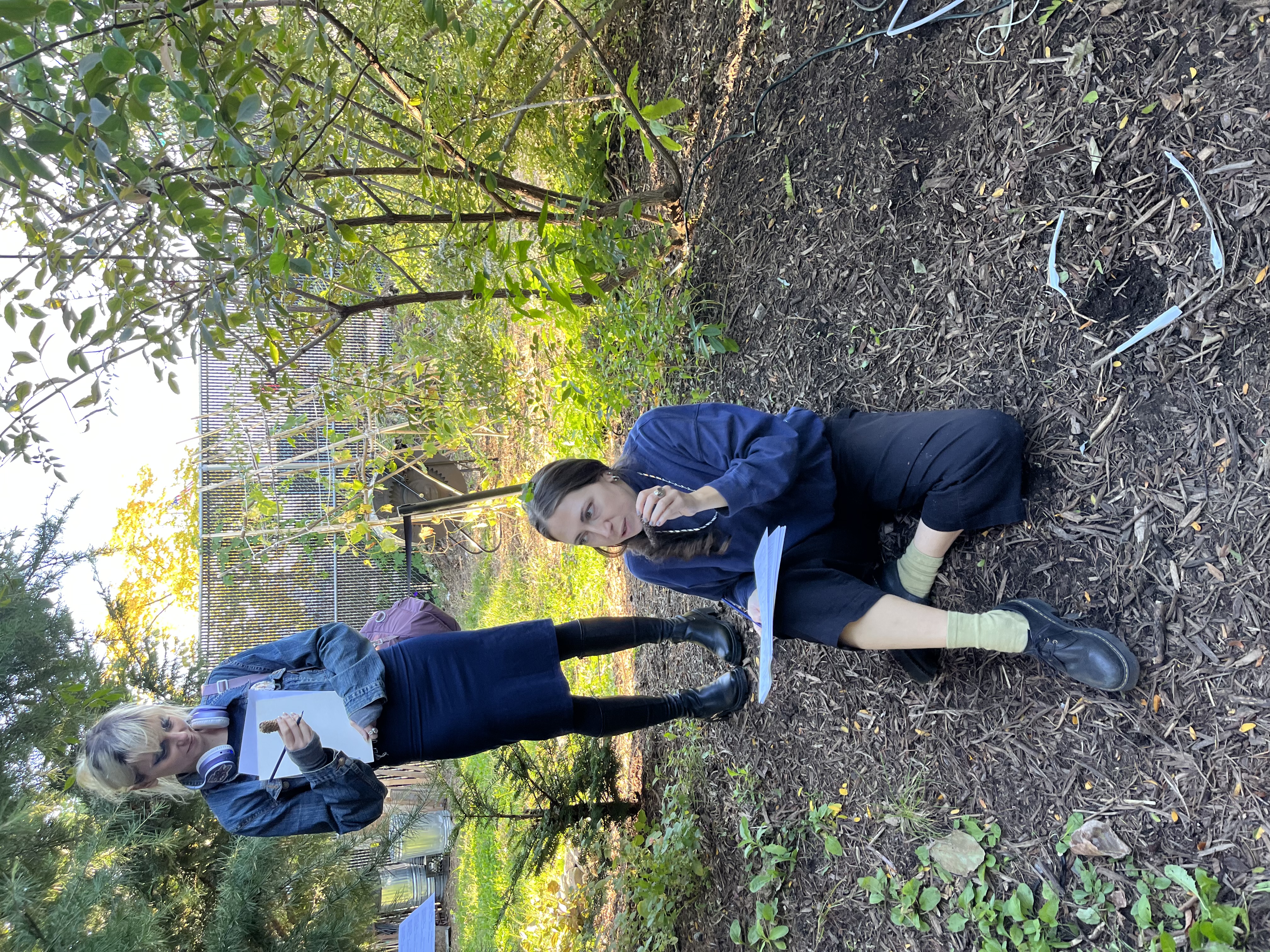
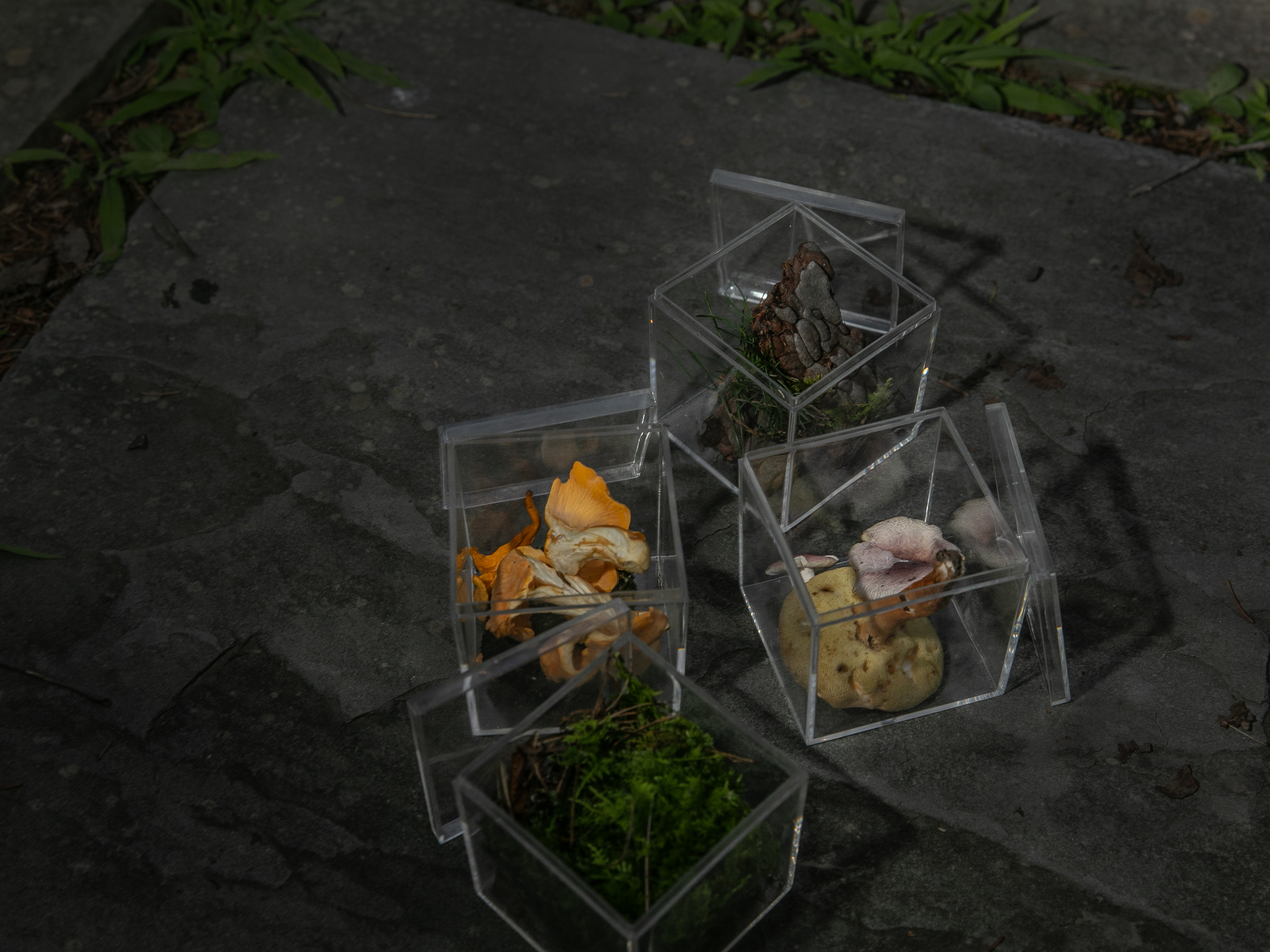

Photographs above are from installations and workshops at Rensselaer Institute (NY), NY Mycological Society’s Fungus Fest (NY), the Mesa Arts Center (AZ), and Pioneer Works (NY).
Workshops have included sensory exericses to speculatively sense with and as mushrooms—exploring alternative forms of kinship with mushrooms that aren’t reliant on utility to humans or techno-utopian spectacle. Our sound exercises, designed by Schonberg, provide ways to sense fungi’s vibratory soundscape, as well as use the soil as a substrate through which to process human sounds. Electical impulses from mushrooms are translated to MIDI data so particpants can “hear” a translation of the fungal body’s electical activity and communication.
Paricipants in the workshop are invited to smell-map fungal habitats and record olfactory notes of various fruiting mushroom bodies through color, shape, and language. A fungal dirt perfume, designed by Wist, is shared at workshops to encourage corporeal and intimate appreciation for fungal life.
The initial installation in Troy, NY project featured sounds that interacted with mushroom bodies on three spatial and temporal levels. The ‘five tones’ [D-E-C-C-G] used in conversation with extraterrestrials in the film Close Encounters of the Third Kind were projected and amplified through mushroom bodies. Electrodes converted differences in electrical energy within the mushroom to MIDI data. Additionally, sounds similarly derived from mushrooms in forests were played through these presently fruiting bodies. Diffusers in the installation ran the smell of several dried mushrooms grown by Wist, which were preserved in perfumer’s alcohol.
Poems (below) were co-authored with wild mushrooms by using MIDI data from their electrical energy. Wist “wrote” the poems by using the MIDI data to select words from academic papers on fungal viablity in outer space.
